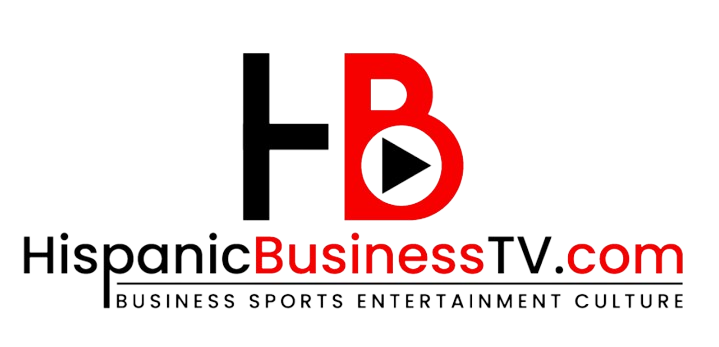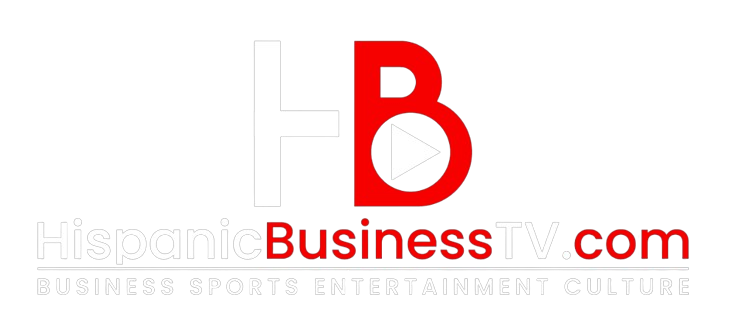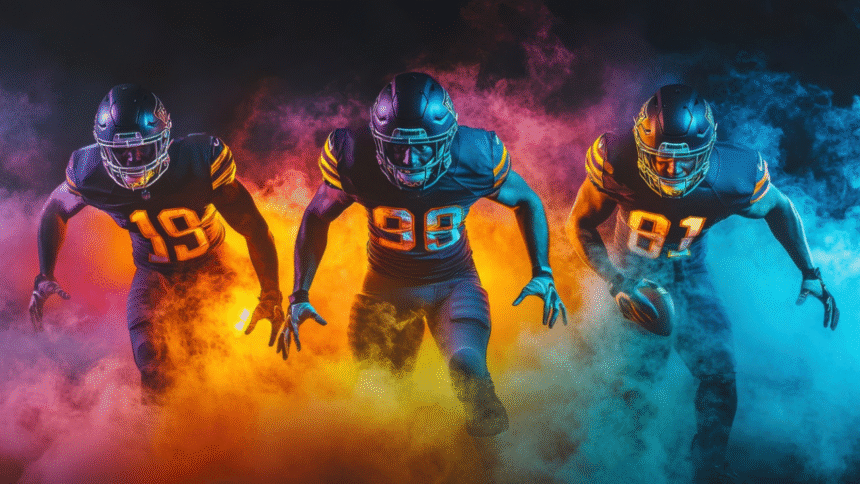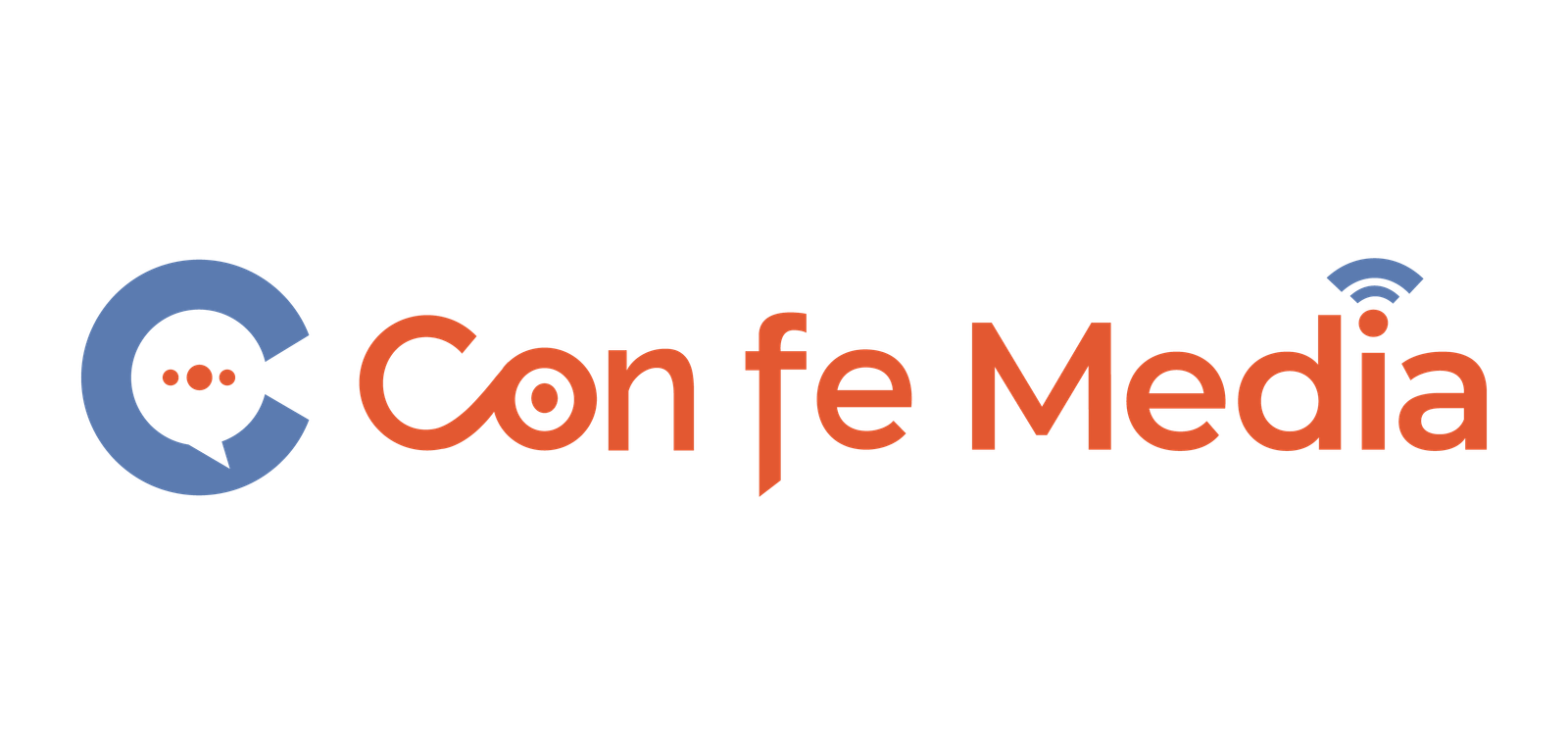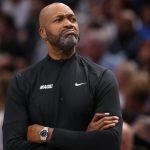Big Changes Coming to NIL:
New Expectations for Student-Athletes and College Programs
📌 This post is a follow-up to our previous contet on “NIL Responsibilities and Expectations of
Student-Athletes and Business Owners”. You can read the previous article here.
In this update, we cover the most recent developments, and what’s changed.
New Expectations for Student-Athletes and College Programs
The college football landscape is experiencing its most seismic shift in decades with the recent approval of the In re College Athlete NIL Litigation, widely known as the House Settlement. This federal antitrust ruling allows universities to directly pay student-athletes for their Name, Image, and Likeness (NIL), officially signaling the end of amateurism as we knew it.
As universities prepare for this new era, institutions like the University of Colorado (CU) are already laying the foundation to thrive under the new framework. But this evolution doesn’t just impact schools and student-athletes—it also creates new responsibilities for alumni, fans, and business partners who care about the success of their local programs.
Let’s explore what this means for CU and beyond.
The House Settlement: A Landmark Shift in NIL Policy
For decades, the NCAA tightly regulated athlete compensation. While NIL freedoms began to loosen in 2021, the House Settlement fundamentally changes the playing field by legalizing direct revenue-sharing between schools and student-athletes, up to $20.5 million per year per institution.
What Makes This Different?
Until now, student-athletes could only profit through third-party NIL deals. This new policy means that athletic departments themselves—universities—can now license student-athletes’ NIL rights and compensate them accordingly, opening the door to formal contracts and university-driven agreements.
CU Athletics: Proactive and Prepared
CU Athletics, led by Athletic Director Rick George, has been planning for this shift for nearly a year. Their strategy reflects a three-pronged approach:
1. Revenue Sharing
CU plans to fully leverage the $20.5 million cap allowed by the settlement, dividing compensation across all sports based on revenue generation. Athletes can enter licensing agreements directly with CU Athletics, and while departments aren’t required to hit the maximum, CU aims to do so to stay competitive.
Key Points:
- All student-athletes may be eligible to participate, not just those in revenue-heavy sports.
- Licensing agreements create a formal relationship between CU and its athletes, acknowledging their role in generating institutional value.
2. Third-Party NIL Engagements
The new settlement preserves existing third-party NIL arrangements. That means businesses can still sign athletes to promote products, attend events, or enhance marketing strategies.
To increase transparency and fairness, a national clearinghouse has been established to vet deals for compensation equity and business legitimacy.
CU encourages businesses to:
- Use the Buffs NIL Exchange to connect with athletes.
- Help sustain athletic programs through brand partnerships.
- Engage in NIL opportunities that benefit both the business and student-athlete.
3. Roster Limits Replacing Scholarship Caps
Gone are the traditional scholarship caps. They’ve been replaced by roster limits, changing how teams recruit, allocate resources, and build depth charts.
This change also aligns with Title IX compliance, as schools must maintain gender equity across men’s and women’s sports. CU is exploring “grandfathering” some roster spots previously eliminated under scholarship constraints, adding flexibility to the new model.
National Implications: The NIL Arms Race
What’s happening at CU is happening everywhere. Power Five schools are in a virtual NIL arms race, competing for elite athletes not only with facilities and coaching but now with structured compensation packages.
This Raises Several National Questions:
- How will mid-major programs compete?
- Will recruiting become entirely pay-driven?
- Can programs balance academics, athletics, and commerce?
These questions will define the next chapter of college athletics. While critics argue that this risks turning college football into a semi-professional league, advocates highlight that athletes are finally being compensated fairly for the billions they help generate.
New Responsibilities for Businesses and Fans
NIL is no longer just a trend—it’s a cornerstone of competitive success. As such, community support is now vital:
For Businesses:
- Engage with local athletes to raise your brand profile.
- Leverage athlete partnerships for events, products, and digital campaigns.
- Register through CU’s NIL Exchange to find the right fit.
For Fans and Alumni:
- Consider contributing to the Buff Club or other NIL fundraising efforts.
- Understand that maintaining competitiveness in football, basketball, and other sports now requires financial engagement.
A New Era of Opportunity—And Challenge
The House Settlement does not come without concerns. Managing athlete payrolls, ensuring fair treatment, and preventing exploitation will require a robust internal structure, something CU appears ready to implement.
Moreover, universities must now act like both educators and employers—balancing athletics with compliance, branding, and legal oversight.
What’s Next?
CU Athletics has pledged to keep its supporters informed as new initiatives roll out. With more innovations on the horizon, stakeholders at every level—from athletes and coaches to alumni and small business owners—are invited to help shape this transformative era.
As Rick George closed in his message to Buff Nation: “Together, we are truly Buffs United.”
Final Thoughts
The NIL revolution has accelerated, and the House Settlement has crystallized the new business model of college sports. As student-athletes gain deserved rights and compensation, programs like CU are leading the charge with transparency, planning, and an open invitation to community partners.
In short, the game has changed—now it’s about who adapts fastest.

